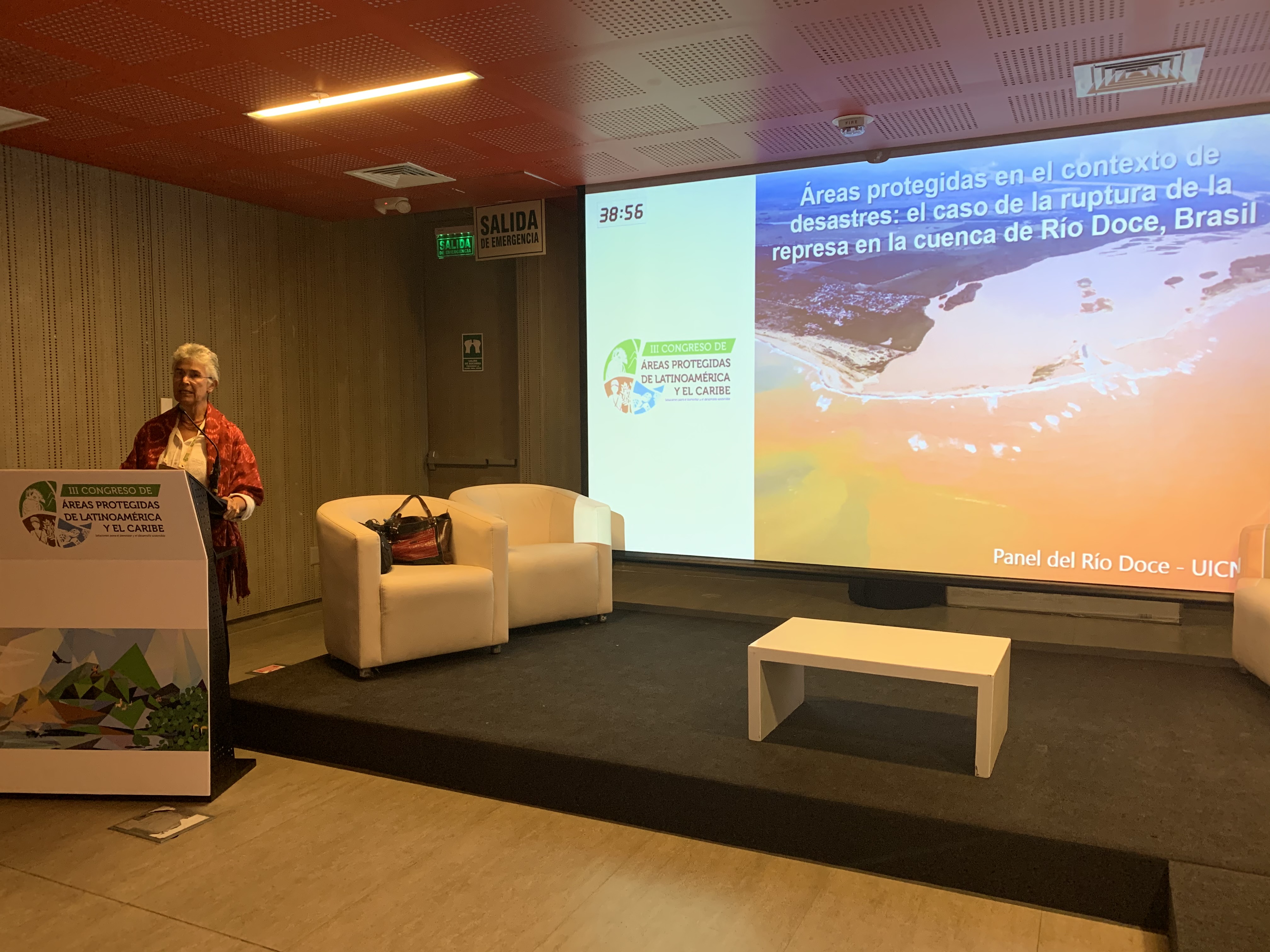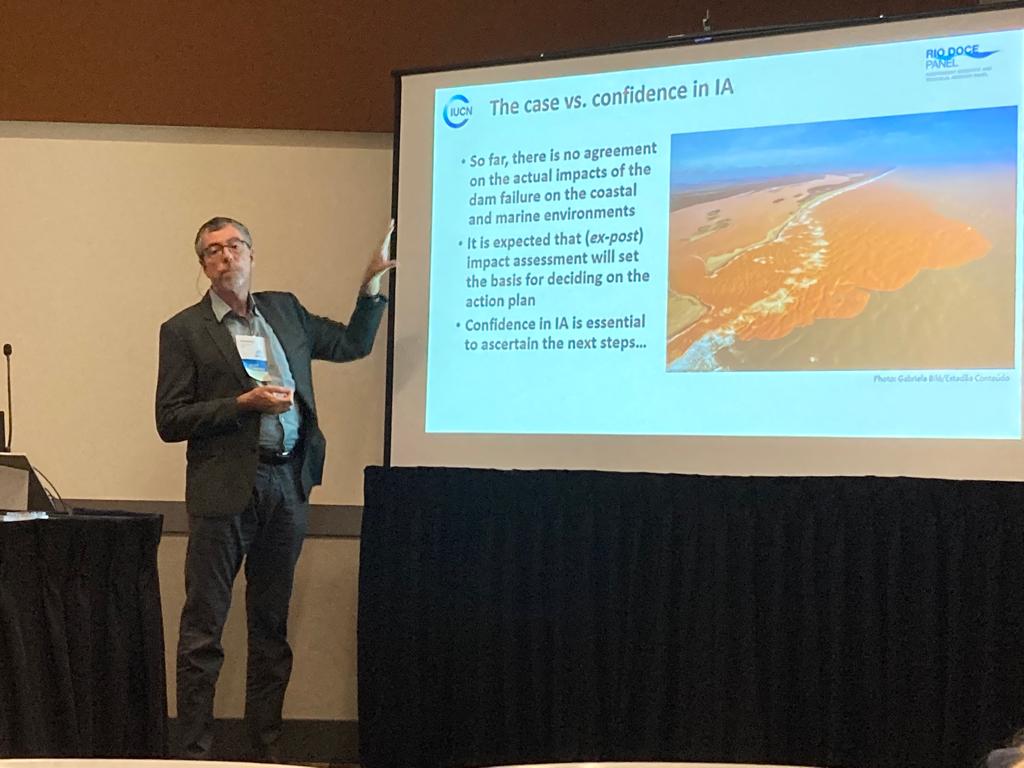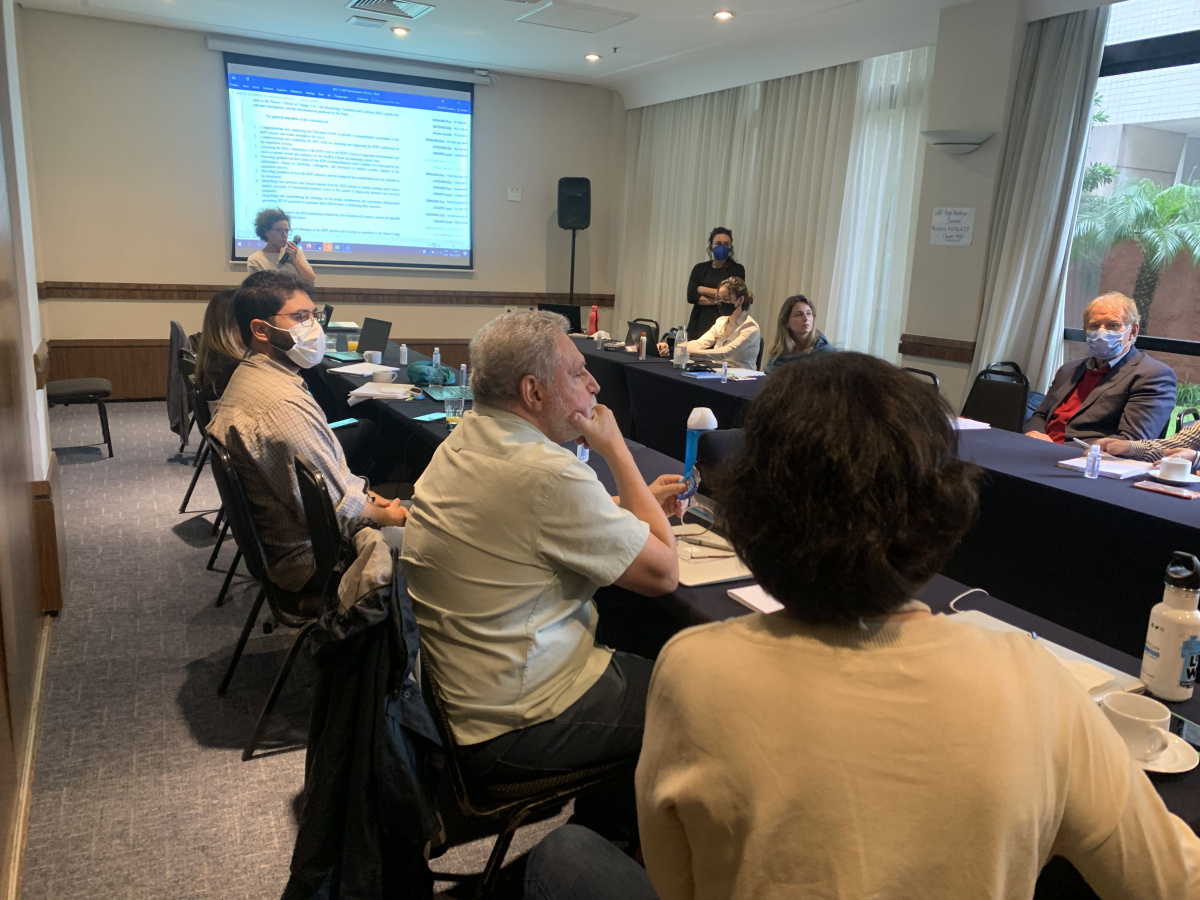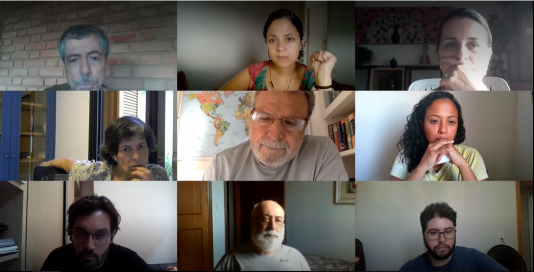Rio Doce Panel debates the importance of protected areas in the context of disasters
Representatives of the Rio Doce Panel and IUCN Brazil presented the case of the Rio Doce Basin during the III Congress of Protected Areas of Latin America and the Caribbean (CAPLAC), in Lima, Peru.

Photo: IUCN/Rio Doce Panel
From Oct. 14-17, environmental experts, researchers, students, traditional peoples, managers and representatives of the private sector gathered in Lima to participate in the event promoted by IUCN through its World Commission on Protected Areas, Peru's Ministry of Environment, RedParques and the Food and Agriculture Organization of the United Nations.
Considered one of the most biodiverse regions in the world, the event was of fundamental importance to the current context, considering the climate crisis and the need to strengthen the global commitments made by the countries of the region.
In the event Protected Areas in the Context of Disasters: the case of the dam collapse in the Rio Doce Basin, Brazil, promoted by the Rio Doce Panel, Yolanda Kakabadse, president of the Panel, and Maria Cecília Wey de Brito, member of the Panel and expert on biodiversity, presented the impacts caused by the dam collapse on biodiversity in the region and protected areas with a focus on the restoration potential that these ecosystems have and their role in the conservation process.
As a result of the sludge's passage, which covered an extension of 670 km, 90% of the riparian habitats were affected, and about 11 tons of freshwater fish died. In addition, lagoons and tributary rivers were affected, as well as an extensive marine area. The region has a total of 39 protected areas located in the Rio Doce Basin, including environmental protection areas, private reserves, and indigenous lands. A process of assessing the impacts on these territories is still underway.
The Panel presented the commitments made in the process of restoration of the Basin, such as financing actions to consolidate the region's protected areas and the role of protected areas in the context of disasters. Among them, the maintenance of the original characteristics of the biome, scientific, historical, environmental, and cultural references; genetic banking, production of seeds and seedlings; economic alternatives and for the maintenance of ecosystem services, essential for the resilience, balance, and well-being of the population.
In the event of a disaster such as the Fundão Dam failure, the experts stressed that the process the region is going through can effectively contribute to the consolidation of protected areas in Brazil. In addition, because they are undergoing a process of repair, it is possible to better plan the territories and promote greater participation of civil society, in the pursuit of a more integrated vision of conservation in the region.
Learn more about CAPLAC: https://www.areasprotegidas-latinoamerica.org/



